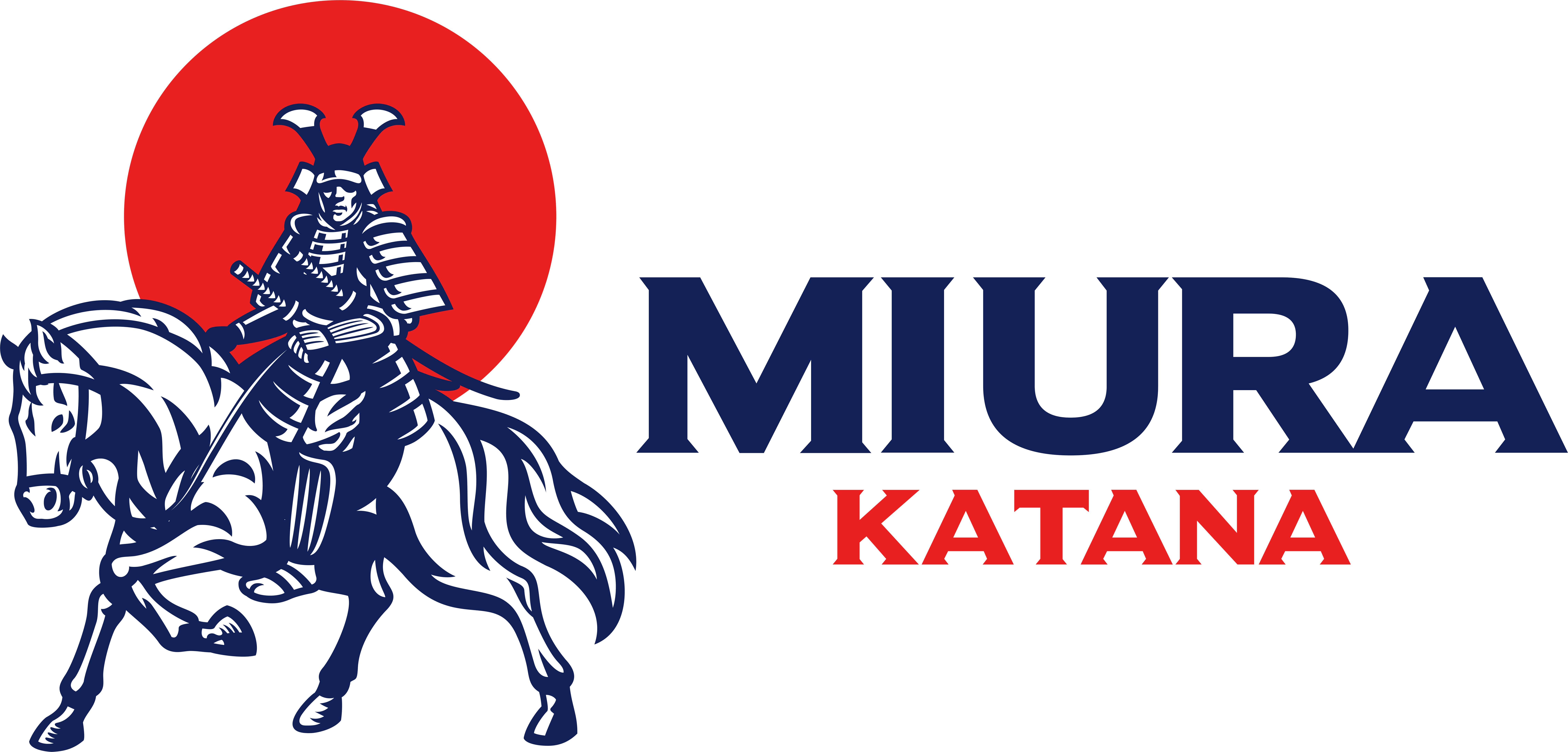Tachi
The Tachi is a traditional Japanese sword, having played a crucial role during the Japanese feudal era. It is an emblematic weapon of the samurai, used mainly before the appearance and popularization of the katana. The term “tachi” refers not only to the weapon itself, but is also sometimes used to describe the way it is carried and forged, as opposed to other types of Japanese sword.
Main characteristics of the Tachi
- Curvature: The tachi is distinguished by a more pronounced curvature (called sori) than the nihontō. This curvature is optimized for use on horseback, enabling fluid, effective cuts against opponents on the ground or on other mounts.
- Port: Unlike the katana, which is carried blade-up (edge facing the sky), the tachi is carried blade-down (edge facing the earth). This reflects its military use, often in mounted combat situations.
- Inscription (Mei): Another notable distinction is that smiths often engraved their signature (or mei) on the side of the blade that would be visible when carried in its scabbard. This differentiates a tachi from a samurai blade, even if they sometimes share similar proportions.
- Use and symbolism: The tachi was not just a weapon: it also served as a status symbol. The daimyo (feudal lords) and high-ranking samurai wore it as a mark of their prestige.
Evolution to this Japanese Sword
Over time, as fighting styles evolved, the tachi gave way to the Katana, which is better suited for use on foot in close combat. However, the tachi remained an object of great symbolic and cultural value, notably in ceremonies and as a ceremonial object.
Comments are closed.
